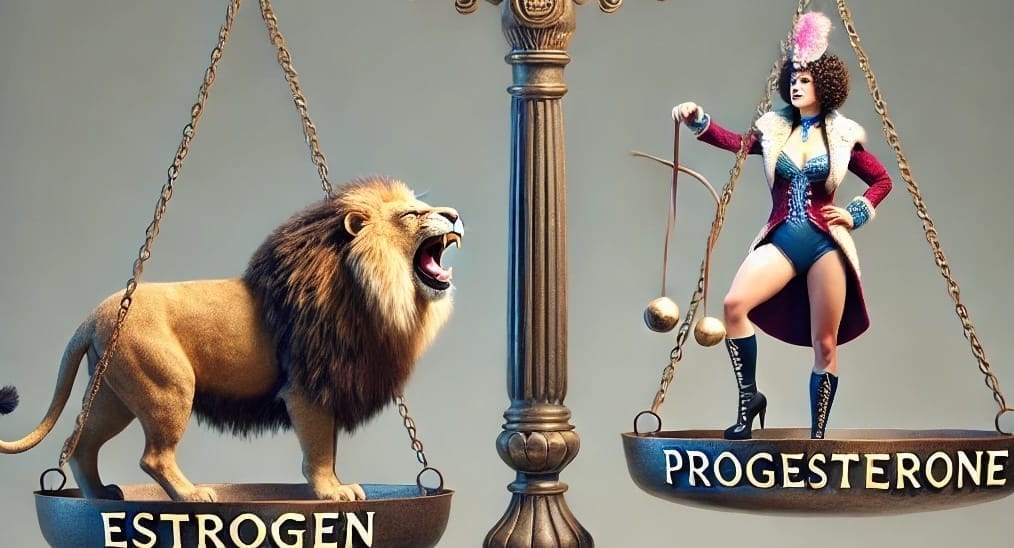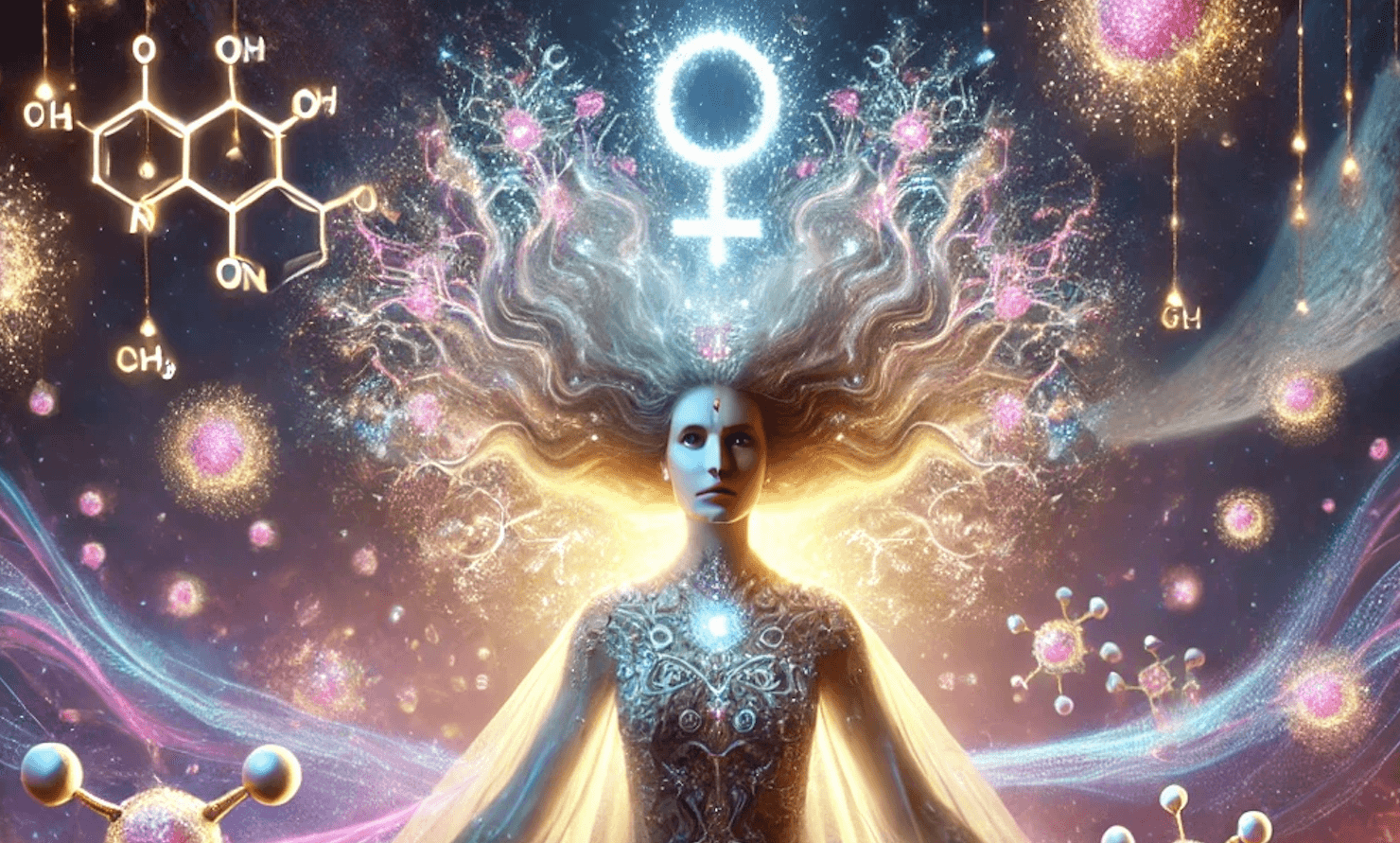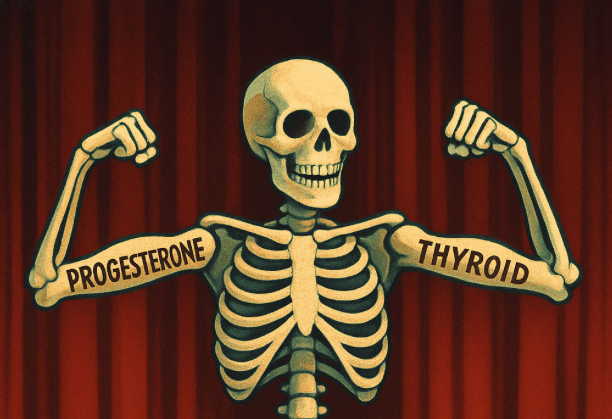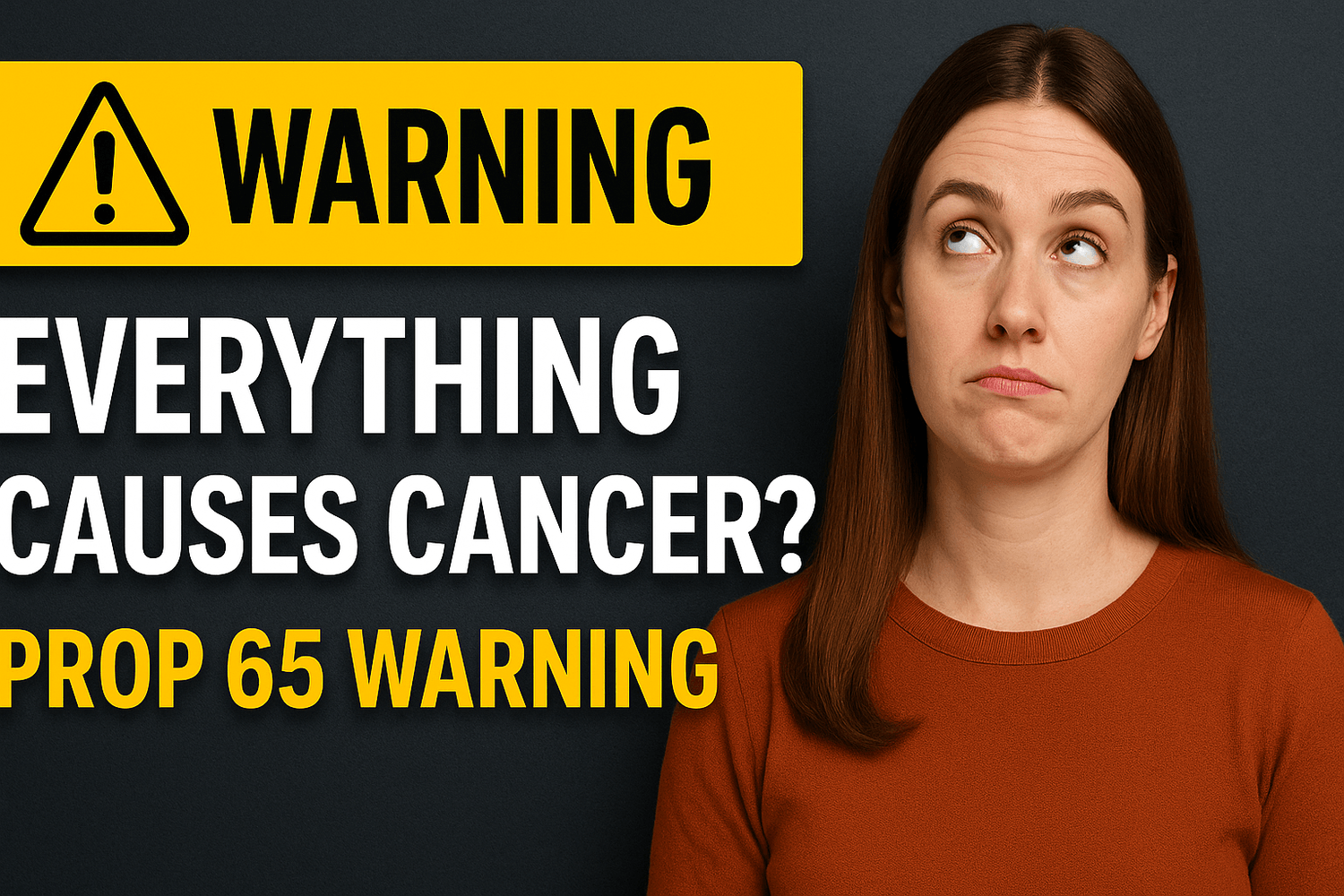Estrogen is NOT the Hero of Bone Health.....Balance is.
I get flak from both camps, the pro-estrogen crowd says I’m dangerous for questioning it, and the anti-estrogen crowd says I’m dangerous for not rejecting it outright.
But I’m not here to play hormone politics. I’m here to shout it from the rooftops:
You can’t bake a cake with just one ingredient. Estrogen might be in the recipe, but if you keep piling on the flour without the eggs, butter, or an oven, you’re not making a better cake, you’re making a mess.
Progesterone, thyroid, minerals, detoxification and metabolic support are the rest of the recipe. Without them, no amount of estrogen will “fix” you. But try reasoning with a system that’s spent the last two decades in a full-blown sprint away from the WHI study, blindly doubling down on estrogen like it’s making up for lost time and now, with the recent decision to strip away the black box warnings on estrogen meds, it feels like we’re not just ignoring the science that says estrogen is essential but also carries the potential to be deadly, we’re erasing it. (And MARK MY WORDS, it’s about to get much much worse!)
For decades, women have been told that estrogen is the key to strong bones.
Declining estrogen?
That must be why your bones are weakening.
Enter: estrogen therapy, the supposed savior of your skeletal system.
But are you ready for this?
No really….are you? ……
Estrogen doesn’t build bone.
YES, it slows bone breakdown by inhibiting osteoclasts, but it does not stimulate new bone growth. It’s a brake, not a builder. And yet, conventional medicine keeps handing it the MVP bone building trophy while ignoring the actual construction crew.
The Forgotten Builders: Progesterone & Thyroid
If estrogen hits pause on bone loss, it’s progesterone and thyroid that actually build the structure back up.
Progesterone: The Architect
Progesterone stimulates osteoblasts, the cells that lay down new bone. Dr. Jerilynn Prior and others have shown that cyclic progesterone therapy can increase bone density, especially in perimenopausal women.
But this gets left out of most HRT protocols, especially in women without a uterus, which is ironic, since unopposed or under-dosed estrogen often causes:
Bone spurs
Fibrosis
Calcification
Stiff joints and tissues
These aren’t signs of weak bones, they’re signs of estrogen dominance without a counterweight.
Thyroid: The Metabolic Motor
Bone is living tissue. And that means it depends on metabolic energy to rebuild. If your thyroid is under-functioning, even “just a little”, you’re not remodeling fast enough. That leads to:
Poor calcium regulation
Inadequate activation of vitamin D
Impaired collagen synthesis
Slowed bone turnover
But when’s the last time a woman with osteopenia was screened properly for thyroid function (beyond a useless TSH)?
The Estrogen Myth, Recycled
The estrogen myth doesn’t stop at bone. It shows up everywhere, hot flashes, brain fog, vaginal dryness. Every symptom in the postmenopausal handbook gets pinned on low estrogen.
And yes, estrogen plays a role but the root cause is always deeper.
Hot flashes?
Usually adrenaline surges and blood sugar instability, not simply a lack of estradiol.
Bone loss?
Often sluggish metabolism, low protein intake, or thyroid dysfunction not just an estrogen dip.
Estrogen helps mask the symptoms, but it doesn’t resolve the terrain.
What Actually Builds Strong Bones?
A balanced hormonal and nutritional foundation:
Key Hormones:
Progesterone – stimulates osteoblasts
Thyroid (T3) – activates bone turnover
DHEA/Testosterone – anabolic, protective
Vitamin D – must be activated (requires thyroid & liver)
Key Nutrients:
Magnesium – regulates calcium
Vitamin K2 – sends calcium to bones, not arteries
Protein – builds the collagen matrix
Boron, copper, silica – co-factors for mineralization
Sodium & potassium – fuel adrenal-thyroid communication
When Estrogen Goes Rogue
Unopposed estrogen doesn’t just stall bone loss, it can cause:
Soft tissue calcification
Fibrosis in breasts, uterus, and joints
Bone spurs, even with “normal” bone density
Falsely reassuring DEXA scans (density ≠ strength) 👈🏼
That’s why some women have dense breasts or high T-scores, but still experience fractures. TBS (Trabecular Bone Score) is a better marker but rarely used.
The Bottom Line: It’s Not Estrogen — It’s Balance
Estrogen deserves credit for slowing resorption. But it’s not the queen, and it’s certainly not the builder.
True skeletal strength comes from:
Reviving metabolism
Optimizing thyroid
Supporting progesterone
Supporting natural detoxification at the liver and bowel
Nourishing with minerals, protein, and sunlight
Ditching one-hormone solutions in favor of whole-system support
Because bones don’t thrive in isolation, they thrive in balance.
Bone-Building Foods:
Full-fat dairy – milk, cheese, yogurt (calcium, protein, vitamin A, thyroid support)
Gelatin & bone broth – glycine and collagen to build the bone matrix
Orange juice – rich in potassium and vitamin C for collagen synthesis
Shellfish (especially oysters) – copper, zinc, selenium, iodine
Liver – retinol (vitamin A), which regulates osteoblast activity
Egg yolks – vitamin K2, D, and cholesterol (building blocks for hormones)
Fruit (especially tropical) – potassium, boron, magnesium
White root vegetables – calcium, prebiotic fibers, and glucose for thyroid support
Salt – helps adrenal-thyroid signaling (sodium-potassium balance)
Raw carrots – support estrogen detox and gut balance, which affects calcium metabolism
-Kitty Martone
Key References
A comprehensive review evaluating progesterone’s role in bone health summarized evidence that progesterone prevents bone loss in pre‑ and possibly perimenopausal women, and when combined with antiresorptive agents, may further increase bone formation and BMD.PMC
The Centre for Menstrual Cycle and Ovulation Research (CeMCOR), under Dr. Prior’s leadership, provides an overview stating that cyclic progesterone therapy increases spinal bone density in women with menstrual disturbances.Wikipedia+15CeMCOR+15CeMCOR+15
CeMCOR’s profile on Dr. Prior emphasizes her research showing that progesterone stimulates osteoblasts, increases bone formation, and can prevent bone loss when ovulatory cycles are disturbed.
"Beloved, I pray that all may go well with you and that you may be in good health, as it goes well with your soul." -3 John 1:2
Disclaimer: Please note that the information shared in these articles is for educational purposes only and should not be considered as medical advice. Always consult with a qualified healthcare professional for personalized guidance regarding your health concerns.
Follow me on Instagram @healthygutgirlofficial








